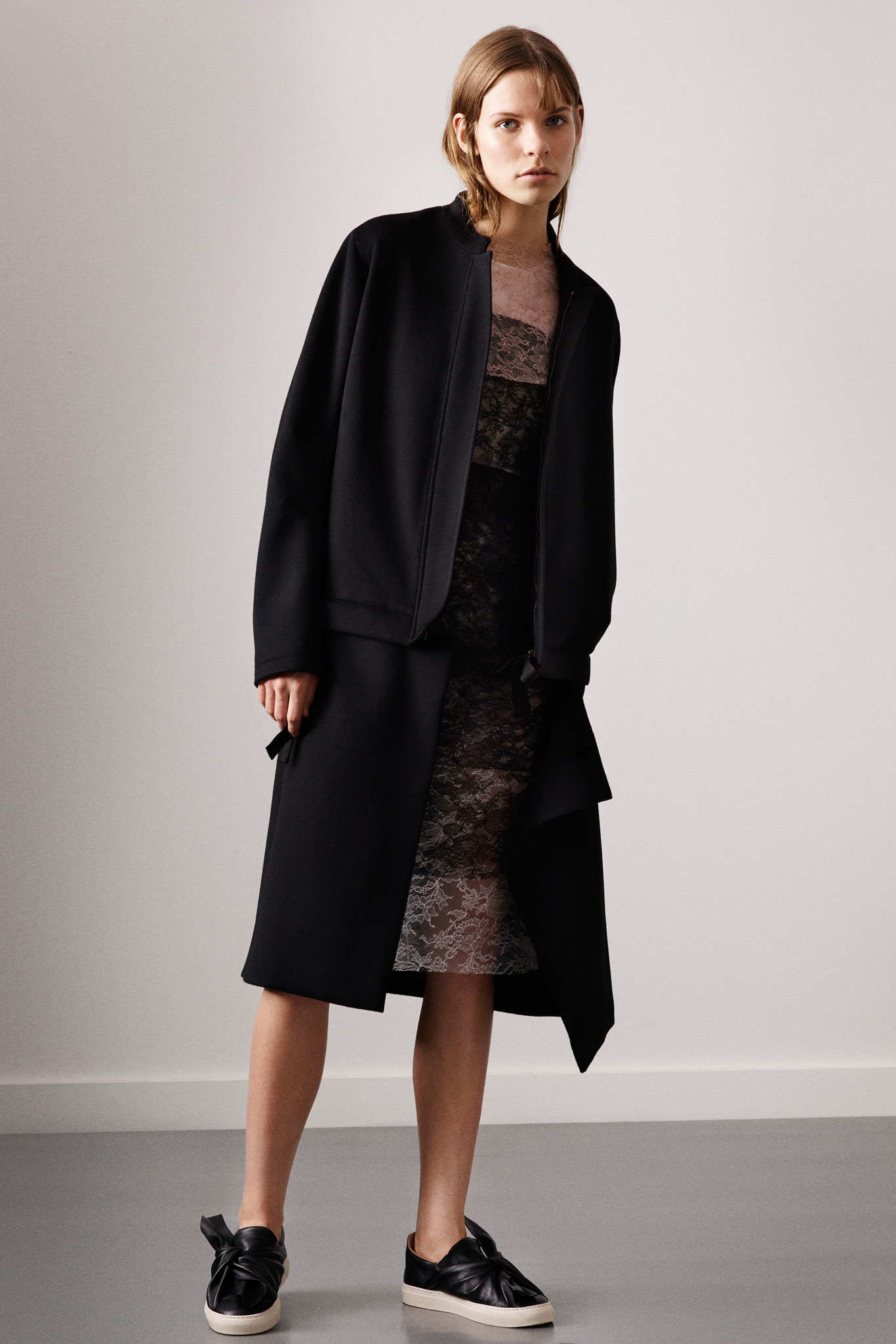


































Not many companies can claim to have been founded from a simple white shirt—how chic is that?
www.ports1961.comMilanFashion WeekFashion Brand
Not many companies can claim to have been founded from a simple white shirt—how chic is that?
Not many companies can claim to have been founded from a simple white shirt—how chic is that? But that's how Ports 1961 began. It was established by Luke Tanabe, a Japanese entrepreneur living in Canada, who wanted his wife to wear the best possible fitted and tailored white men's shirt. Men's clothes for women: The theme is at the very heart of fashion these days, and Natasa Cagalj, the newly appointed Slovenian creative director of Ports 1961, tapped right into it with a sure hand in her first collection.
Cagalj has the required pedigree: She's a Central Saint Martins alumnus who studied under the direction of the great (and much missed) Louise Wilson; she worked at Cerruti Arte, Lanvin, and Stella McCartney before landing this job. For her Ports outing she wanted to bring about a sense of elegant ease, with strong foundations built in the precision of cutting and in the quality of fabrics, all supplied from factories for suiting and men's shirting and developed by her.
The look was streamlined and sophisticated yet utilitarian, spiced up with a dose of ingenious technical solutions to give the wearer the chance to transform the garment. "I wanted to convey the spontaneity of the creative process," said Cagalj, showing a long tunic decorated with frayed pom-poms. "What really fascinates me is to embrace mistakes and coincidences, twists and turns along the way. That is how real life works, after all. And I enjoyed challenging myself, addressing the clichés of femininity." Hence the use of velvet, French lace, chiffon, and leopard prints to offset the masculinity of compact wools and poplins in military-inspired looks.
"My design is ageless and not geographically defined," Cagalj claimed. "I wanted to be able to dress my mother and my daughters alike with flexible solutions that can suit the movement and the individual body shape." Cases in point: a crisp white cotton shirt with long lapels that could be draped around the waist according to moods and needs; a roomy, lightweight elongated vest that had an adjustable set of straps engineered around the waist to transform its shape from practical to feminine and flattering. Pretty bows were attached to zippers fastening the sides of jogging pants in a nod to a decoration—they were detachable, making for an easy transition to a simpler look. It all made for an inclusive attitude toward the process of dressing.